Object of the Month: Goffering Iron

Share
The goffering iron or the tally iron was popular from the late 1500s to the early 1600s. A metal tube mounted on a stand, there would also be an inner bar. This would be removed and then heated typically over a fire, and then the rod would be reinserted, heating the outer layer. The heated outer later is used to iron the fabrics (typically ribbons and trimmings) into a scalloped edge to form a ruff. The object originated from Italy as many kinds of ruff were popularised there and spread throughout Europe hence the name tally iron.
Goffering irons continued to be used all the way up to the end of the Victorian period as ruffles were still highly popular in both womens and mens fashion. Many Victorians would use ruffled clothing to make their dresses more elaborate and babies clothing would typically be ruffled, such as their bonnets and ribbons.
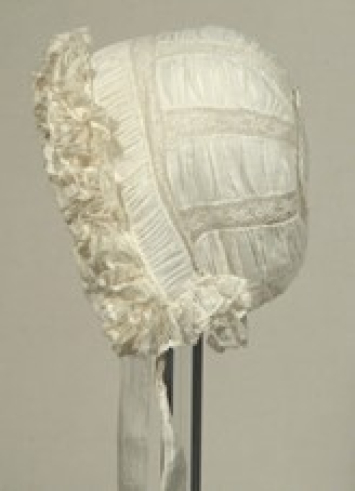
Figure 1 a childs cap made of linen, cotton and silk (1875-1900) snows hill manor, national trust, and Richard Blakely.
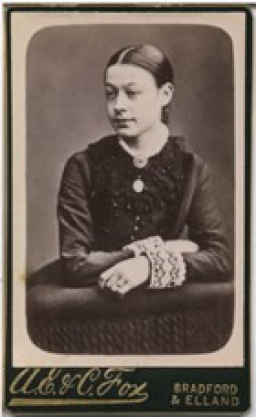
Figure 2 a portrait of an unknown lady 1860-1880 showing the usage of frills in Victorian dress (collar and chest piece)
During the renaissance stiff and starched ruffs were highly popular, such as cartwheel ruffs and pleated high-neck ruffs as seen most popular in the Elizabethan period. Typically, a poking stuck would be used to achieve the Goff or ruffed look they wanted to achieve. This and the combination or starches would lead the development of the goffering iron which was developed as a way to avoid the burning and blackening of the fabric from the soot of the fire, working similarly to a modern iron. The goffering iron wool help achieve the extremely large ruffs favoured by the renaissance fashion as they would be up to a foot long in the singular scallop, the starch holding the piece stiff in place.
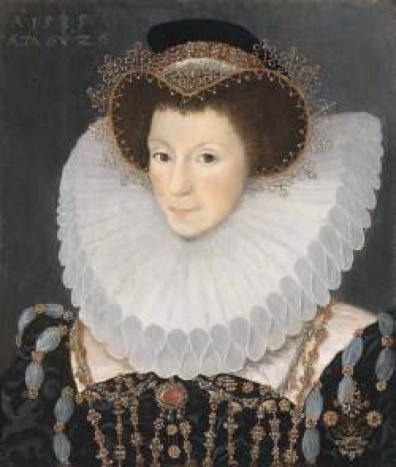
Figure 3 portrait of a noblewoman in a cartwheel ruff 1585, this would have been normal for many gentry in the Elizabethan period to wear, larger linen cloths folded into a ruff using and iron such as the goffering iron
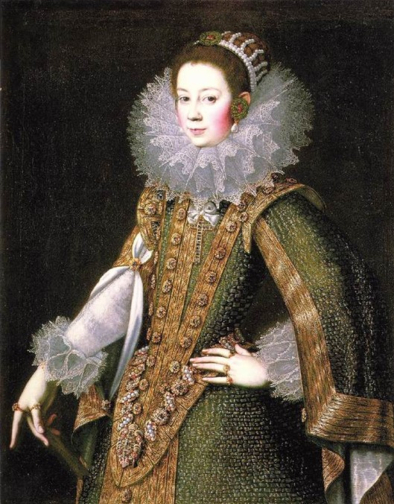
Figure 4 Dona Juana de Salinas, Spanish Noblewoman by Rodrigo de Villandrando,1622 demonstrating a larger ruffle than the typical English fashion, this was a more intricate piece made of lace (most likely Cluny guipure as it was highly popular in Spain at this time) and so would have needed to utilise the goffering iron in order to not burn the lace at such high starch and temperature levels.
From the goffering iron, domestic objects such as goffering prongs and the Victorian iron had developed in order to style clothing with the usage of heat in smaller more folded areas. Goffering crimpers and tongs would have been more popular leading up to the late Victorian period and even the early 20th century, falling out of fashion in the 20s when ruffles became less popular for a simpler style of clothing.
Selly Manors goffering iron shows a simple holder, with a typical style to the time. It was made in about 1860 and its original owner or locations are unknown.
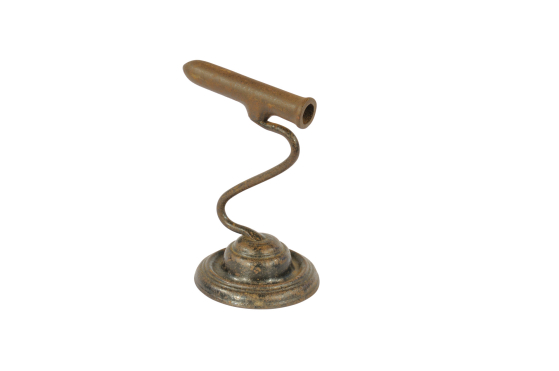
Selly Manor goffering iron (above image)
However, there are very similar examples as seen in figure 5 & 6. Tongs should be placed in a clear fire for a minute, then withdrawn, wiped with a polishing cloth and the heat tried on a piece of paper Isabella Beeton 1863 household management.
This particular object shows the development of fashion and the variety of usage of one iron over a multitude of different fashion types. The ruffle being one of the few factors to join hundreds of years of fashion together from cartwheel neck ruffs to frilly write cufflets, this iron has stayed the same for years, proving its effectiveness and its relevance in the average domestic household from the 15th century to the early 20th century.
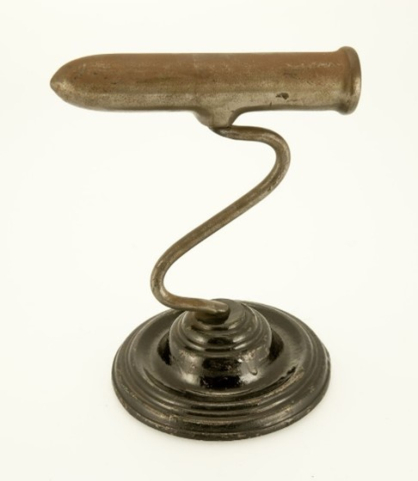
Figure 5 goffering iron, Black Country living museum ~19th century
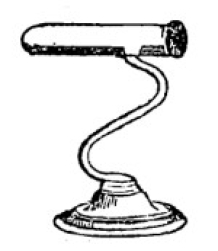
Figure 6 an illustration by an unknown artist of Italian goffering irons popular in the 18th and 19th century
Megan Welch
Work Experience student